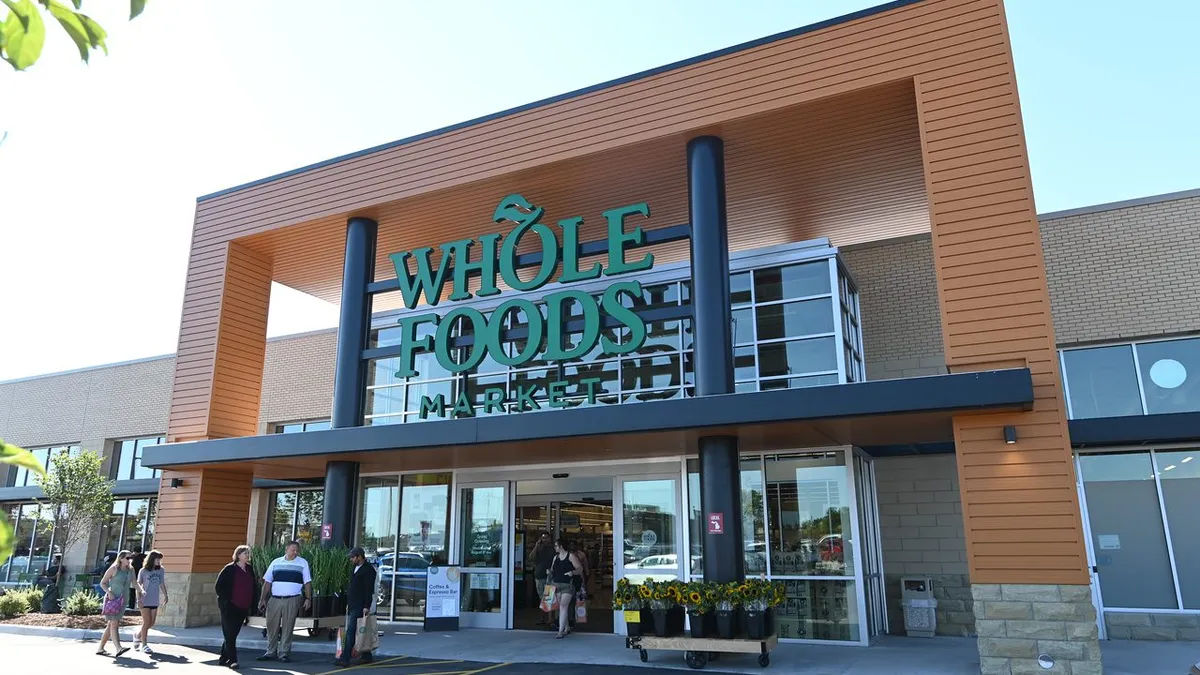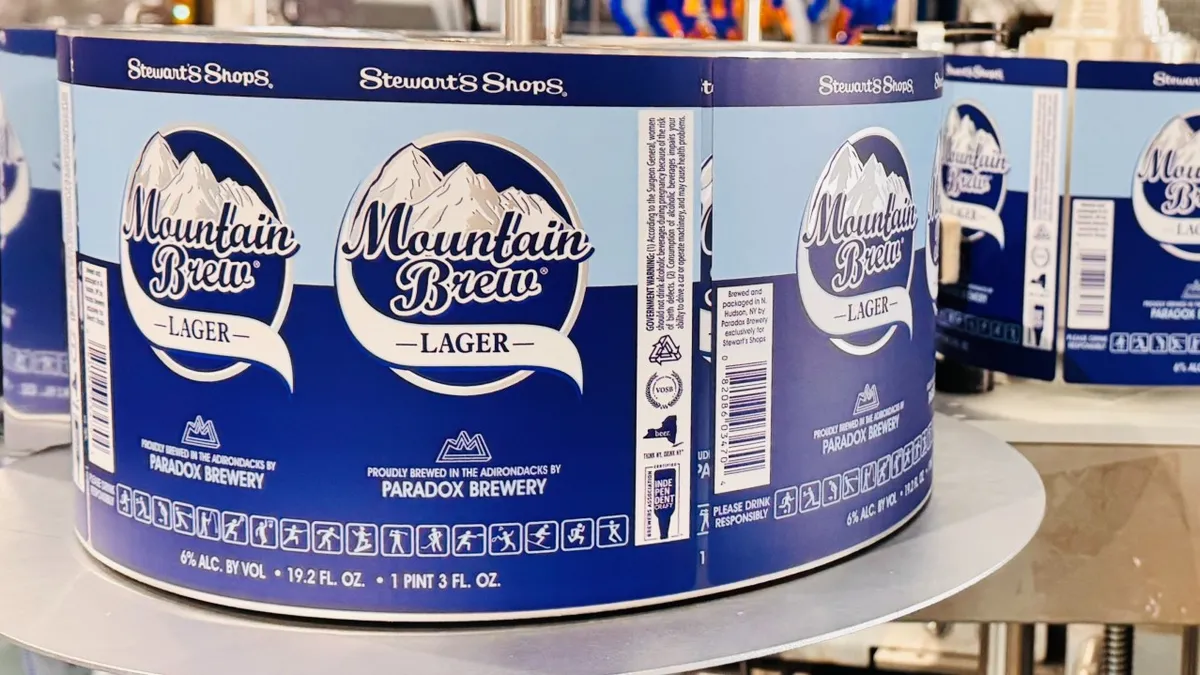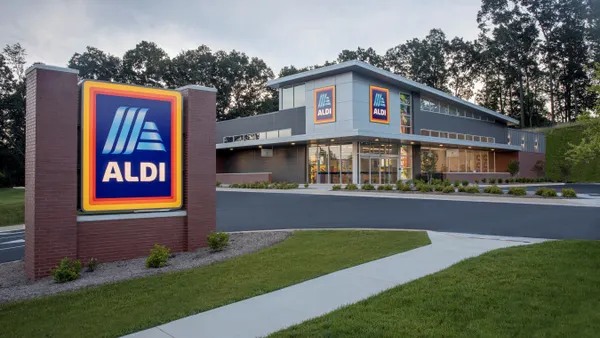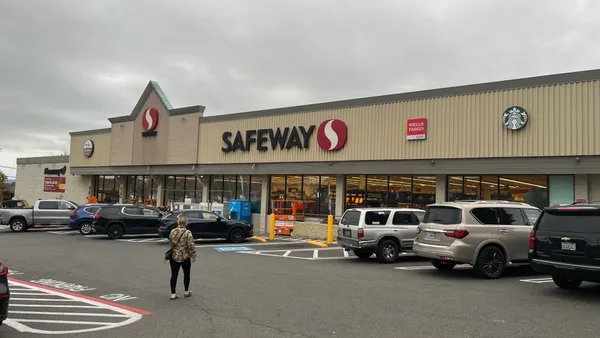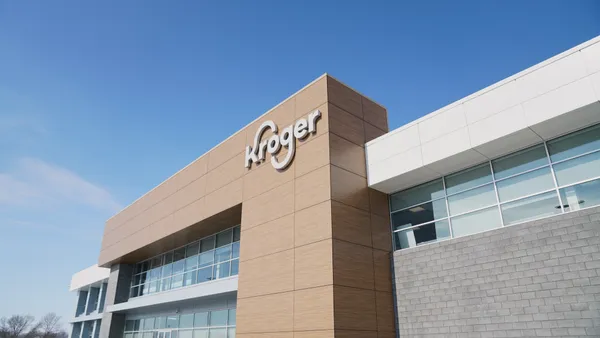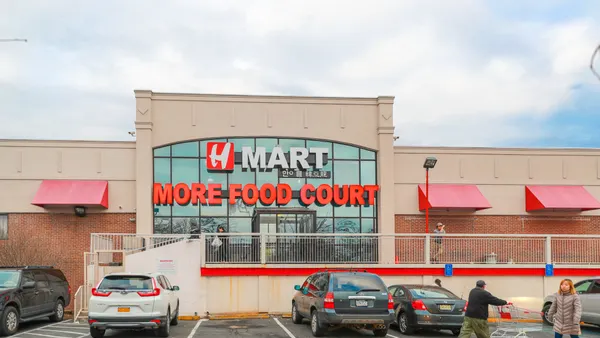Dive Brief:
-
Hy-Vee has set its Minnesota expansion sights on underappreciated real estate vacated by other retailers, according to the Pioneer Press. The Iowa-based chain has opened three such stores in the eastern suburbs of the Twin Cities, revitalizing shopping areas that had fallen out of favor and plagued city officials.
-
In Cottage Grove, for instance, the Gateway North plaza lost Kmart, Home Depot, Rainbow Foods and numerous smaller stores in a little over a decade. Since Hy-Vee opened a supermarket there last year, a HomeGoods and T.J. Maxx joined the fray, soon to be followed by a Planet Fitness, the Pioneer Press reported. In West St. Paul, Hy-Vee plans to buy an old YMCA building, while in Spring Lake Park, a planned store has already attracted a senior housing complex.
-
After slowing its store growth last year, Hy-Vee has resumed expansion in the Twin Cities and will have 12 stores in the market by the end of next year, according to local reports. All told, the retailer has spent around $400 million on current and future store locations.
Dive Insight:
Eschewing sought-after neighborhoods makes Hy-Vee unique among grocery competitors. It's a risky strategy for most chains, but Hy-Vee's unique value and strong operating record add up to a strong bet at a time when prime real estate across the country is scarce.
In addition to revitalizing ailing neighborhoods, Hy-Vee has made fast friends with city officials, not only bringing hundreds of jobs but also earning subsidies ranging from $500,000 to $4 million, according to the Pioneer Press.
Despite choosing less costly real estate, the chain hasn’t skimped on the bells and whistles at these new stores, buying vacant buildings only to tear them down for brand-new ones built from the ground-up. As the chain expands, it's also thinking smaller: Hy-Vee CEO Randy Edeker has said the chain wants to focus on building new stores between 65,000 and 80,000 square feet – covering as much as 30% less space than its traditional locations.
The stores also serve solidly middle-class areas. The $27 million Hy-Vee supermarket and gas station in Oakdale has transformed a decrepit shopping mall that had languished since 2000. Even the city, which bought the property in 2012, couldn’t attract an anchor tenant. Oakdale has 28,000 residents with a median household income of about $68,000 a year, according to census data. The chain could have found 40% more shoppers in neighboring Woodbury, where the median household income hits above $100,000. But it chose Oakdale, adding nearly 700 jobs.
This whole strategy might seem risky, but Minnesota is ripe for such investment, especially in essential retail segments that so far haven’t been scalded by the migration to online shopping. With 250,000 new residents since 2010, the Twin Cities region has or will welcome a number of grocers, including Trader Joe’s and Fresh Thyme.
Publix has found success in a slightly different but still uncommon real estate strategy, buying entire shopping malls in Florida and making money off tenants’ rent. Kroger has also scooped up some land in Florida for Lucky's Market, in which it has a strategic investment.
Perhaps paradoxically, these two companies and Hy-Vee could be onto something with their focus on real estate. When Amazon bought Whole Foods last year, real estate investors realized that even the world’s second most valuable company sees a future in brick-and-mortar grocery. Sure, stores might be forced to reconfigure down the line to accommodate pick-up and delivery orders, but Hy-Vee has clearly foreseen that reality by downsizing its new locations.
For a while, Hy-Vee was on the short list of chains to acquire Cub Foods, the Twin Cities market leader that's currently up for sale by new owner United Natural Foods, Inc. But the acquisition is a bigger bite than Hy-Vee is willing to take at this point in time, and Edeker recently confirmed it isn't interested in a Cub buy. Given Hy-Vee's preference for organic growth and innovation — including small-format stores like Healthwise and Fast & Fresh — the company will stick to its current course of steady growth, and see solid returns as a result.




